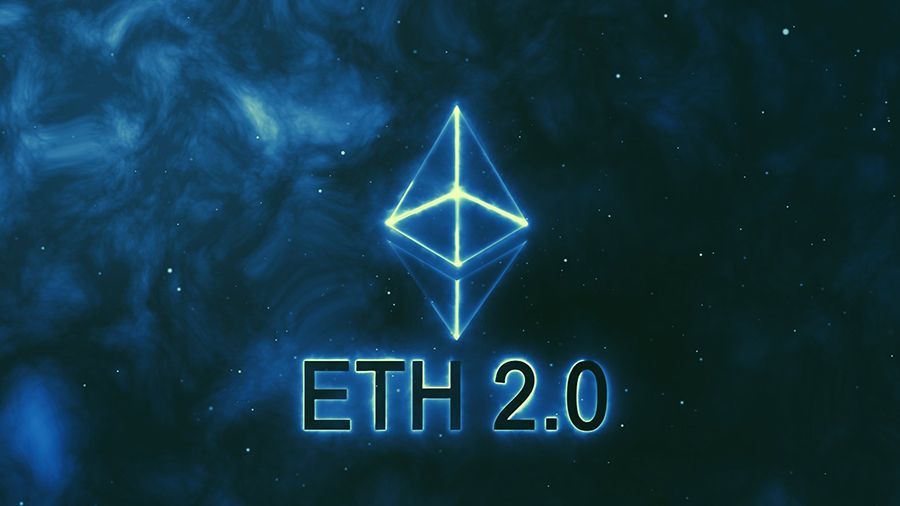Ethereum developer Mikhail Kalinin has published a new proposal, which describes the possibility of embedding ETH 1.0 data into the Ethereum 2.0 “signal chain”.
With the Beacon Chain Ethereum 2.0 launch approaching, developer Mikhail Kalinin has posted a new proposal that aims to rid the network of “unnecessary complexity” and help unify the original Ethereum blockchain with the new Proof-of-Stake version of ETH 2.0.
Ethereum 2.0 is slated to launch on December 1 and will begin with the deployment of the Beacon Chain – a separate, at least initially, chain that will introduce the Proof-of-Stake consensus mechanism and coordinate the expanded shard and staker network.
Initially, the Proof-of-Work ETH 1.0 and Proof-of-Stake ETH 2.0 blockchains will operate in parallel, since it will take about two years for ETH 2.0 to fully deploy. It is planned that during this period, access to ETH 1.0 data will be provided through an independent shard chain.
Kalinin claims that this method “complicates the level of consensus and increases the delays between publishing data in shards and accessing them in ETH 1.0.” To help solve this problem, he posted a new proposal called “Executable Beacon Chain”. It describes a system in which ETH 1.0 data will be directly embedded in the blocks of the “signal chain”.
“The ETH 1.0 mechanism is supported by every validator in the system. When the validator wants to propose a block for the “signal chain”, it makes a request for the ETH 1.0 mechanism to create ETH 1.0 data. The ETH 1.0 data is then inserted into the body of the created Beacon Chain block. If the ETH 1.0 data is invalid, it also invalidates the signal chain block transmitting it, “Kalinin explained.
Ethereum co-founder Vitalik Buterin has already praised the new proposal, calling it “excellent ongoing work [Mikhail Kalinin] has on the ‘merger’. Buterin added that “this area of research and development is becoming more and more priority and is being carried out in parallel with sharding and other improvements to ETH 2.0.”
On November 24, on the Ethereum 2.0 deposit contract, 524,288 ETH were collected, which were necessary for staking and the launch of the first phase of Ethereum 2.0 – the Beacon Chain. The new version of the web will be automatically launched on December 1st, and anyone can become a validator. The Bits.media editors have prepared a guide on how to participate in Ethereum 2.0 staking.







